Empordà: where it all began
A bunch of young, highly motivated winemakers, fresh from their oenology studies, are busy renewing those ancient terraces and dry stone walls, resurrecting old vines – principally Garnatxa and Carinyena – and planting new ones...
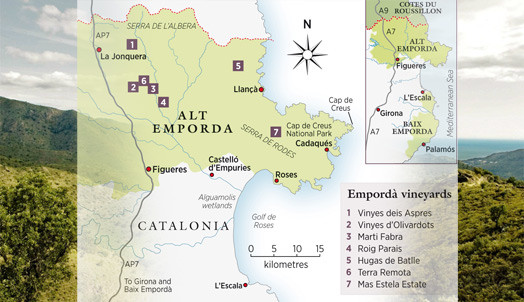
Quantity certainly suffered, but quality is a different story. By the 1990s a few bodegas, led by the pioneering Castillo Perelada (www.castilloperelada.com), were beginning to grasp the potential for improvement, but it’s in the past decade that things have really taken off. Rafel Sabadí, sommelier at Restaurant El Roser 2 in L’Escala, describes Empordà today as ‘en plena efervescencia’ – bubbling with life.
A bunch of young, highly motivated winemakers, fresh from their oenology studies, are busy renewing those ancient terraces and dry stone walls, resurrecting old vines – principally Garnatxa and Carinyena – and planting new ones. Their wines have bags of character and a strong sense of place, marked by the Mediterranean and given a good dose of tough love by the tramuntana winds that blast across the mountains from the north, stressing and airing the vines in equal measure.
The map on the DO Empordà website (www.doemporda.cat) is a useful guide to help shape your travels. Most bodegas are in Alt (Upper) Empordà, north of Figueres with a handful more in Baix (Lower) Empordà, out towards the coast from Girona. Most require an appointment and charge a modest fee for the visit.
Vinyes dels Aspres in Cantallops (www.vinyesdelsaspres.cat) is the most northerly vineyard, where winemaker David Molas works with 30ha of vines planted on slate and granite. Top of the range here is S’Alou, an impressive Garnatxa-Carinyena-Cabernet Sauvigon-Syrah blend, while Blanc dels Aspres, an old-vine Garnatxa Blanca, is one of the region’s best-value whites.
Exciting bodegas
Just to the south in Capmany, Carme Casacuberta, at tiny Vinyes d’Olivardots (www.olivardots.com) is one of the new generation to have swelled the ranks of DO Empordà members from 26 to 50 in recent times, harvesting her first crop in 2006. Look out for Gresa, a four-grape blend including some from 100-year-old Carinyena vines, which snagged the top award at Arrels del Ví, the annual wine fair and Empordà showcase.
It’s worth visiting Joan Fabra at Martí Fabra in Sant Climent Sescebes (info@cellermartifabra.com) to taste the full range from this exciting bodega, but if time is short you can find their wines (favourites are Masia Carreras, both white and red) on the lists of the top restaurants in the region, including Pera Batlla in L’Armentera. And while you’re at it, note the modest mark-ups at the region’s restaurants, which adds to the delight of dining here.
Before heading out to the coast, make a date to visit Mariona Parals at Roig Parals in Mollet de Peralada (www.roigparals.cat). Top of their range is Camí de Cormes, a muscular wine from 120-year-old Carinyena vines (known here as Samsó), whose 15% alcohol is tempered by the grape’s natural acidity. More accessible is Tocat de l’Ala, a stylish, blend from old-vine Carinyena and Garnatxa made in a joint venture with Montsant producer Coca i Fitó.
Your last stop should be at the new kid on the block, Hugas de Batlle (www.cellerhugasdebatlle.com). Tastings are prefaced by a bone-shaking tour in a 4x4 of the four dramatically sited vineyards, carved into the hillside high above Colera with sweeping views out to sea. Later, as we sip a flowery Moscatel- Garnatxa and sniff the spicy, bramble notes of Coma de Vaixell (Merlot and Cabernet), Edu Hugas de Batlle reminds us of the four key elements producers here have to play with: vines, mountains, sea and tramuntana winds, all captured in the bottle.
‘It’s more than 2,000 years since the Greeks first brought vines to Empordà,’ says Dominic Abernethy, the brains behind the Arrels del Ví wine fair and champion of the region’s wines, ‘but it’s only thanks to the huge rise in quality in the past decade that they’re finally gaining recognition.’ Time for a visit.
How to get there:
By plane to Barcelona or Girona, then by train to Figueres or drive from Barcelona via the AP-7 motorway. Otherwise, drive from France via the A9 Languedocienne / Catalan motorway and cross the border at La Jonquera.
Translated by Sylvia Wu / 吴嘉溦
All rights reserved by Future plc. No part of this publication may be reproduced, distributed or transmitted in any form or by any means without the prior written permission of Decanter.
Only Official Media Partners (see About us) of DecanterChina.com may republish part of the content from the site without prior permission under strict Terms & Conditions. Contact china@decanter.com to learn about how to become an Official Media Partner of DecanterChina.com.


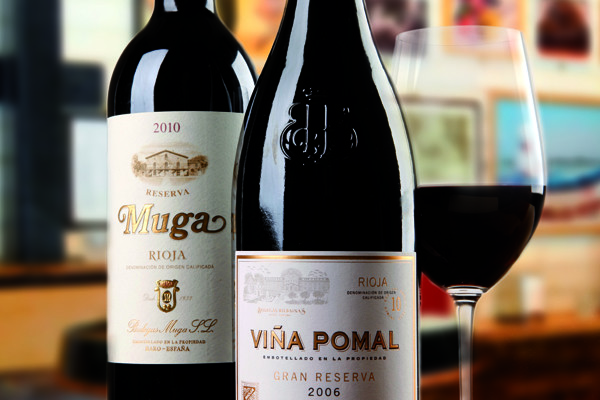
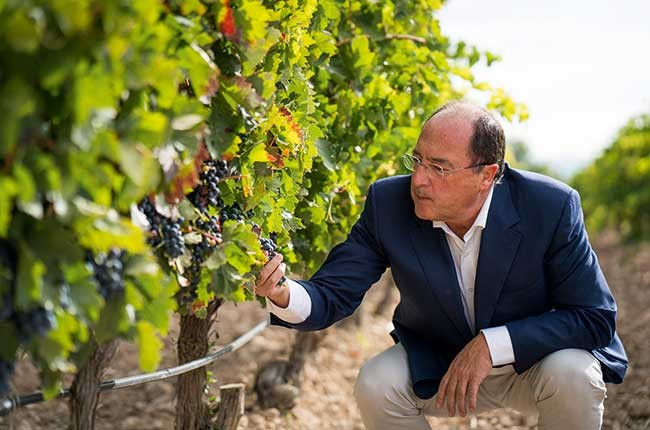
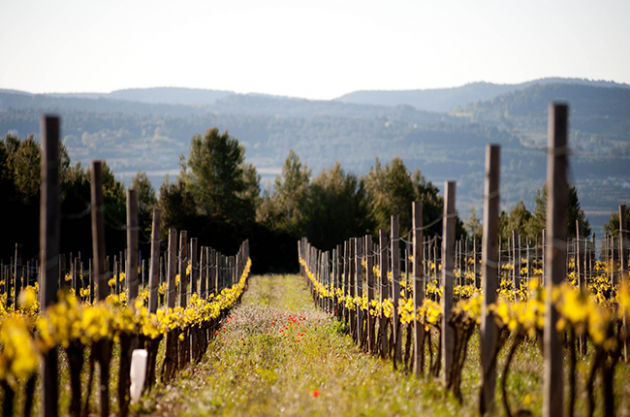
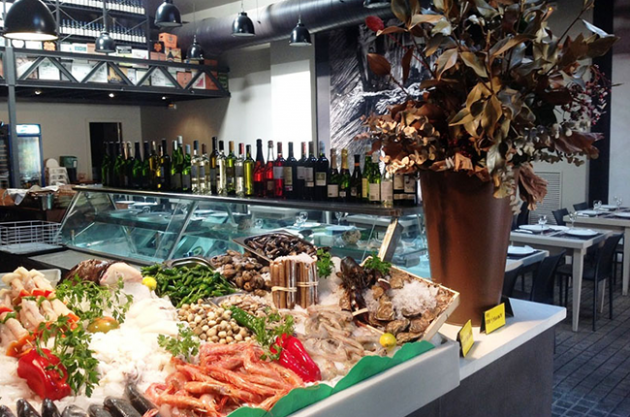
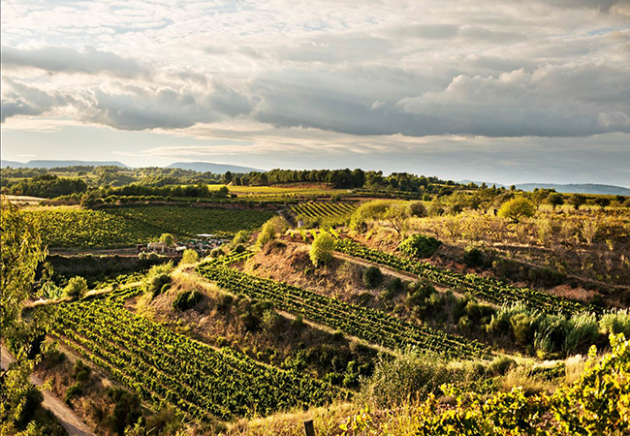
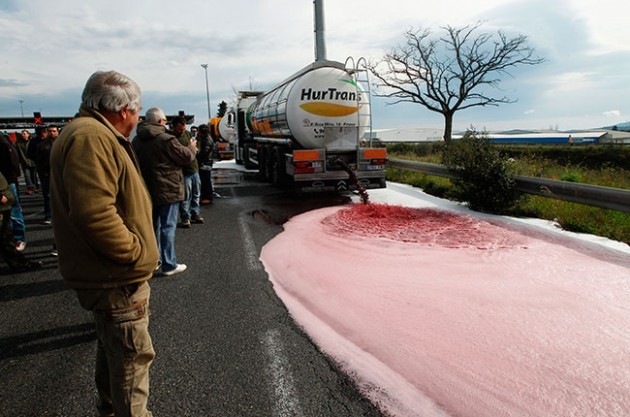
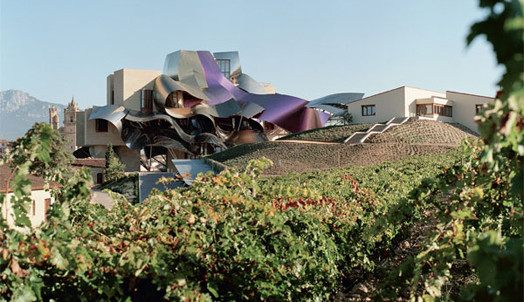
Comments
Submit